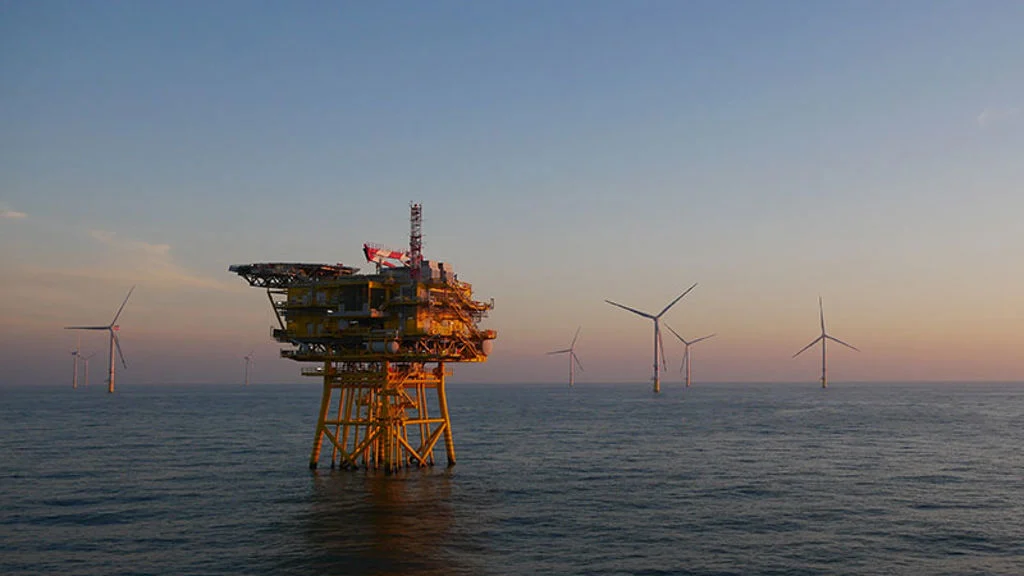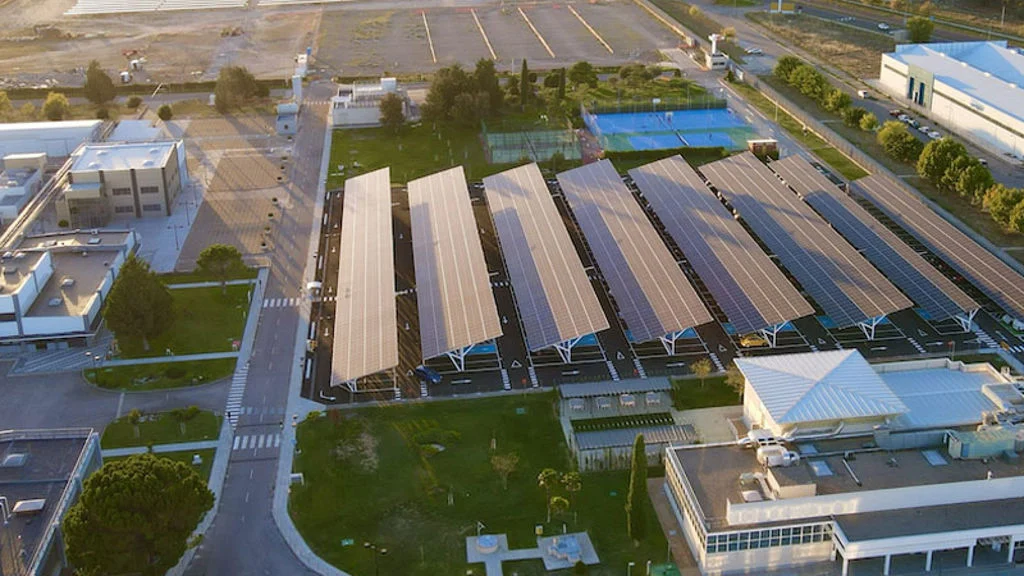The Cultana pumped hydro energy storage was a hydroelectric energy storage plant developed for the Australian Defence Force’s Cultana Training Area, situated close to the north-western tip of Spencer Gulf in South Australia.
When completed, the scheme would have stored 3.5 gigalitres of water to flow through turbines generating 225MW of electricity for up to 8 hours. To ensure the scheme was not a drain on vital fresh water resources, it utilised readily available seawater as the working fluid.
When a catastrophic power grid failure plunged South Australia into darkness in September 2016, it caught many by surprise and started a debate about how to best provide for Australia’s future power needs.
Planning power for the future
While the causes of the failure were discussed, few knew that for the previous three years a talented team of Arup researchers, designers and engineers were already looking into South Australia’s future energy needs. Funded through Arup’s Global Research Challenge, the team analysed energy generation, need and capacity, identifying significant risks that could lead to uncertainty surrounding the ability to deliver power to the region’s homes and businesses.
From this research with Melbourne University’s Melbourne Energy Institute came the Cultana pumped hydro energy storage concept, developed by Arup and EnergyAustralia with funding assistance from both the Australian Renewable Energy
Agency (ARENA) and the South Australian Government.
The project received a second round of funding from ARENA and the South Australian Government Renewable Technology Fund in 2018 in order to continue feasibility studies.
This funding was used to complete the project design, including detailed engineering work, geotechnical investigations, equipment specifications, environmental impact studies and the design of grid connection works.
Meanwhile, there was extensive consultation with all stakeholder groups. For further development, the project was contingent on securing a land lease from the Department of Defence which was unsuccessful.
What is pumped hydro?
Pumped hydro works by linking two bodies of water, usually held within dams, one higher than the other, and allowing water to flow through turbines between the two when energy is required. The higher dam acts as a battery, storing the potential energy of water to be released on demand so that electrical energy can be delivered to the grid on demand.
During off-peak times, when energy is cheap to use, the system pumps water from the lower dam to the upper dam, recharging the battery.








